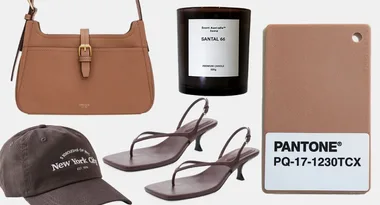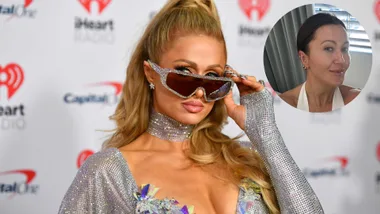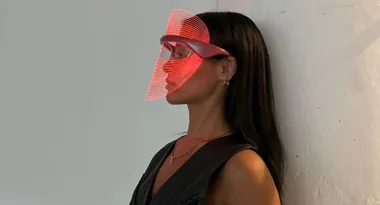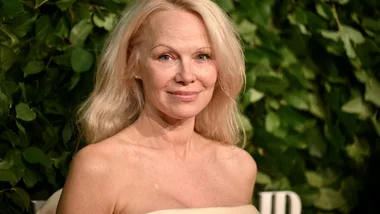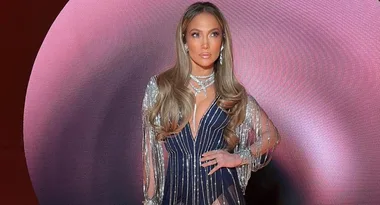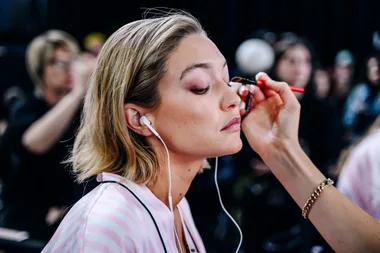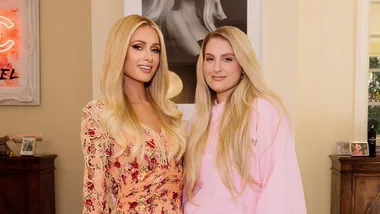What is the average breast size in Australia? It’s definitely not a question we get asked on the census, and no reputable scientific body has produced any authorised data. However, anecdotal evidence suggests that the average bra size in Australia is between a C-cup and a D-cup, and we could see this increase.
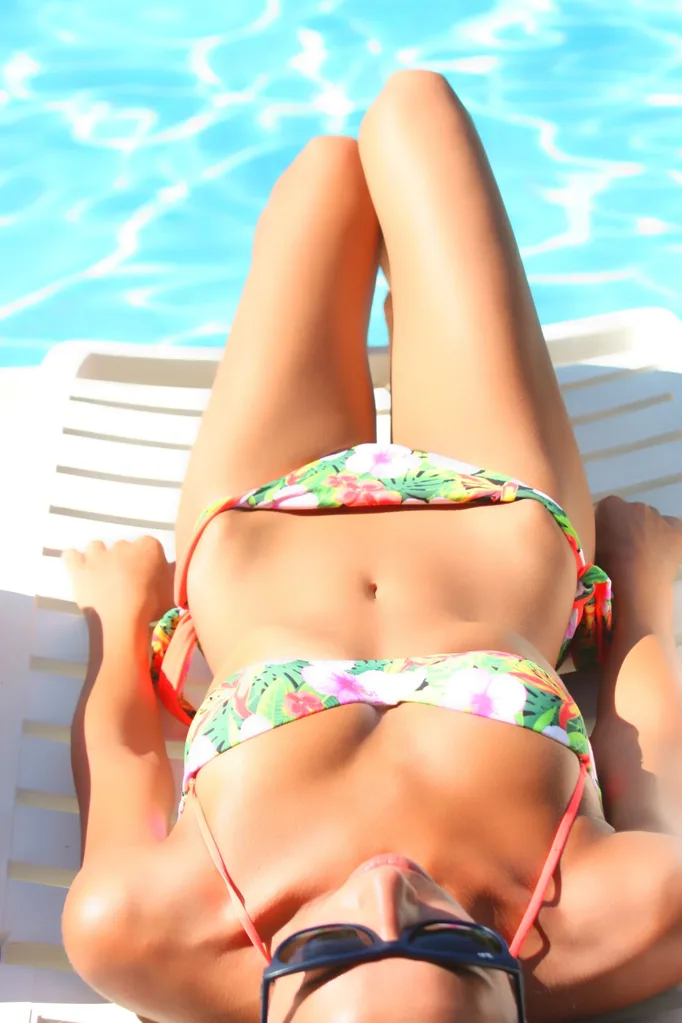
Sources like The Age, Target Map and bra-companies like Berlei and Bras N Things have found that the modern Aussie lady tends fall between the C and D cup range. In 2006, The Age reported on the apparent increase in Australian breast size and spoke to a bra-manufacturer who said that, between the 1920s and 1980s, our national bra sized was consistently a 12B.
In 2006, the largest cup size Berlei made for Australian women was a G. In 2019, the largest cup size is now a H, and if need be you can purchase bra that is size 26E. Last year, Bras N Things senior buyer, Jessica Lauppe-Guy, said that the company’s most popular bra size was a 12-DD. “Just three years ago, our full cup offering was a much smaller range”, she said. “But as more women found they needed a larger size in the full cup, they became quite vocal about what they wanted to see in the collections.”
Breast size by country:
In 2016, this Target Map caused a stir when it claimed to reveal the average breast size of women around the world.

Women with the largest breasts were from Russia, Sweden, Norway and Finland, all countries where the average breasts tend to be larger than a D-cup.
Women with the smallest breasts were thought to be those living in African and Asian countries, where the average cup size was between an A and a B.
The map put Australian women on par with France, Italy and the United Kingdom, where a C-cup bra is the standard for women. It is unknown if the map measured natural breasts only, or included women who have undergone breast augmentation surgery.
What is the average bra size according to age?
Australian girls are reaching puberty earlier than ever before. In 2011, paediatric and adolescent gynaecology expert Julie Quinlivan from Western Australia’s Notre Dame University told The Sydney Morning Herald that the onset of menstruation had dropped from 13 years to 12 years and 10 months. ”The shift in the mean has only been a couple of months but … when you move the average down on the normal big distribution curve, you’re going to have quite a few classrooms where girls in grade 5 are having periods” she said.
The earlier onset of puberty, an increase in weight and even stress in the home can cause young girls to start menstruating earlier, which in turn is accompanied by breast development.
12 – 13 year old girls : The breast and the nipple become raised during a process known as breast budding. The darker skin around the nipple (known as the areola) becomes larger.
Average cup size: A-B cup.
13 – 14 year old girls: Breasts become slightly larger during this stage as the glandular breast tissue develops.
Average cup size: B cup.
14 – 15 year old girls: The areola and the nipple become increasingly raised, forming a distinct mound above the rest of the breast.
Average cup size: C cup.
15 – 16 year old girls: The breast becomes rounded and only the nipple is raised, forming a adult breast.
Average cup size: C cup or above.
Wearing the right bra

Wearing the right sized bra for your boobs isn’t just important – it’s crucial. A study found that 88% of adolescent girls wore a bra during sport that did not fit correctly, and 85% could not pass a simple test about bras and finding the right fit.
The correct bra will help you with good posture. Heavy breasts tend to make you slouch, which can lead to serious back pain. The right bra will also minimise breast movement as you exercise. Running and jumping whilst braless can mean your breasts moving up to 12 cm, and believe us, you don’t want that. 16D breasts can weigh roughly 600 grams each, that’s the equivalent of running around with a 1.2 litre milk carton strapped to your chest!
Bra Guidelines
As a general rule, here is what you should be looking for in a bra:
Band: If the band rides up dramatically when you raise your arms, it’s too loose. If the band is digging into you and your flesh is spilling over the top, it’s much too tight.
Straps: Your straps shouldn’t be digging into your arms or sliding off. You want them to be firm, yet comfortable.
Cup: If your boob is bulging over the top of the cup, the cup size is too small. If the cup is wrinkled or gaping away from your chest, the cup size is too big.
Underwire: If you’re trying on an underwire bra, the underwire should be sitting on your ribs, not on your breast tissue.
Front Band: Should be sitting flat against your breast bone.
You should get a professional bra fitting done every couple of years. Most of these don’t require you to undress and even so, there is no need to be embarrassed. Staff in speciality bra-stores undergo professional training and have loads of experience with finding the right bras for their customers – your boobs are probably the 5th pair they’ve seen today!
Worried about your breast size?
If you are above or below the ‘average’ size, don’t waste a second feeling as though there is something wrong with you. All breasts are beautiful, no matter their size or shape. In the age of social media, we get so caught up in striving for perfection that we end up putting unrealistic expectations on ourselves and our bodies. If you feel as though your boobs are the ‘right’ size or shape, check out Chidera Eggerue on Instagram (her handle is @theslumflower)
In 2013, Chidera created the hashtag #SaggyBoobsMatter and started a movement that encourages women, and especially women of colour, to embrace their natural breasts.
As a teenager, Chidera became extremely frustrated whenever she tried to go bra-shopping. “The packaging would always have a picture of a white woman with perky boobs, yet when I’d try on the same bra in my correct size, my boobs just wouldn’t look like the model pictured” she recalls. She slowly began to loathe her breasts because they didn’t resemble society’s ideal.
“It was so bad that at that age I had already decided that I’d get a boob job once I got my first job at 18,” the British-blogger said.
“I reached 18 and didn’t get a job, let alone a boob job, so I continued self-loathing until I reached 19 and became tired of feeling like a stranger in my own body. I decided I’d had enough and made the choice to stop wearing a bra.”
“Fast-forward to 23: I’ve now reached a position of feeling comfortable in my body, but I wanted other women to feel like this, so I had to start the conversation by using my own body as an example”
Chidera isn’t anti-boob jobs or against conventionally ‘attractive’ breasts. She just wants women to know that they should not feel like that have to bow to any outside pressure to look a certain way. If you are concerned about your breast development, speak to a health professional, but resist the temptation to compare yourself to others. You do you girl, because who wants to be average anyway?
